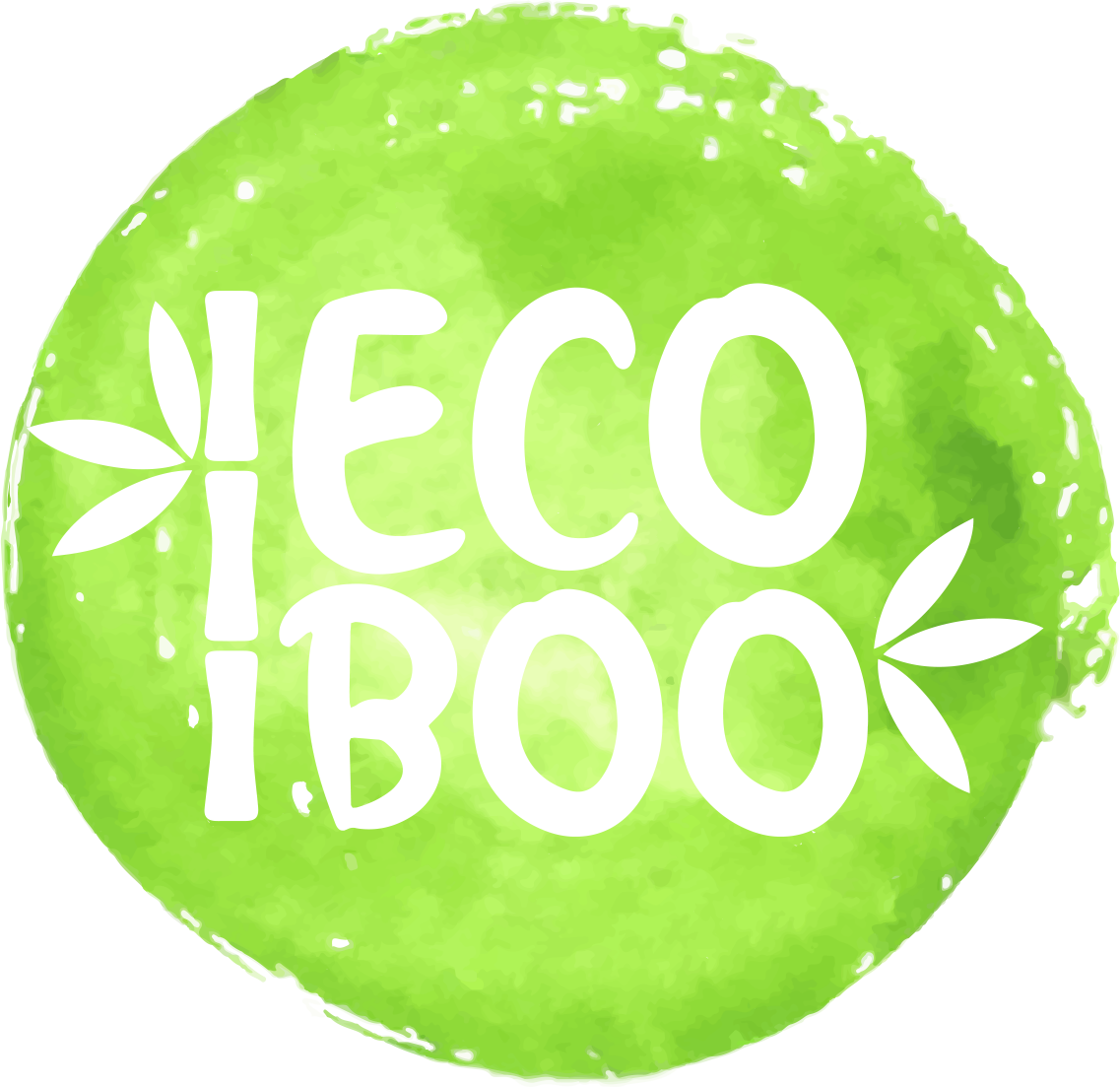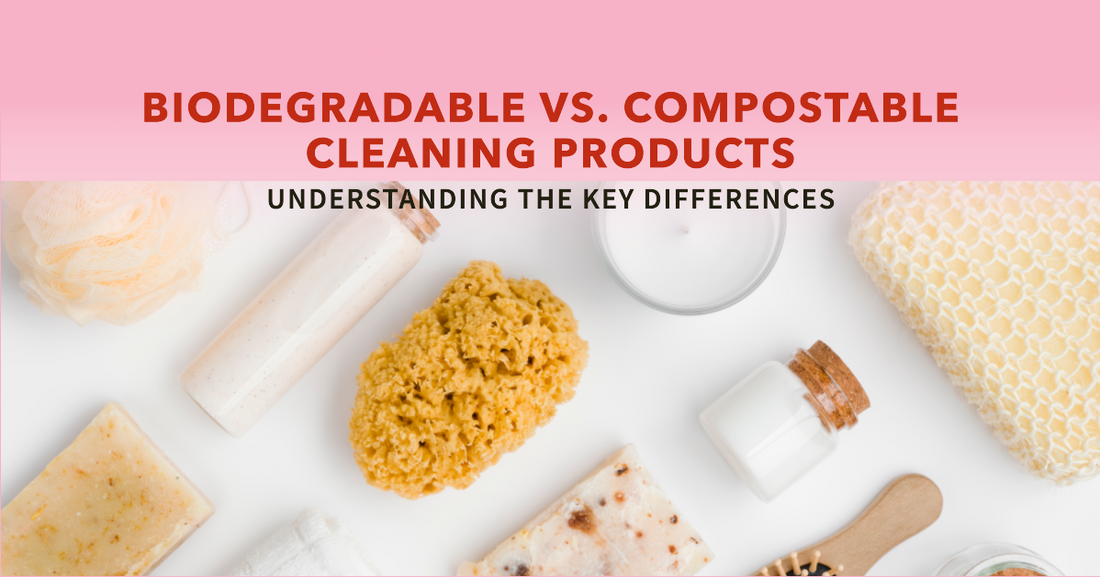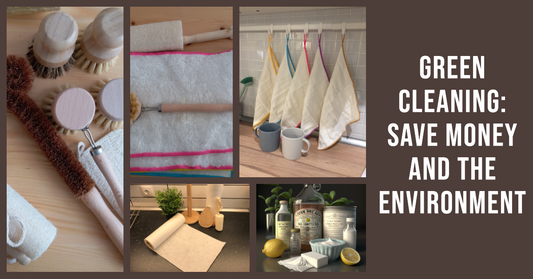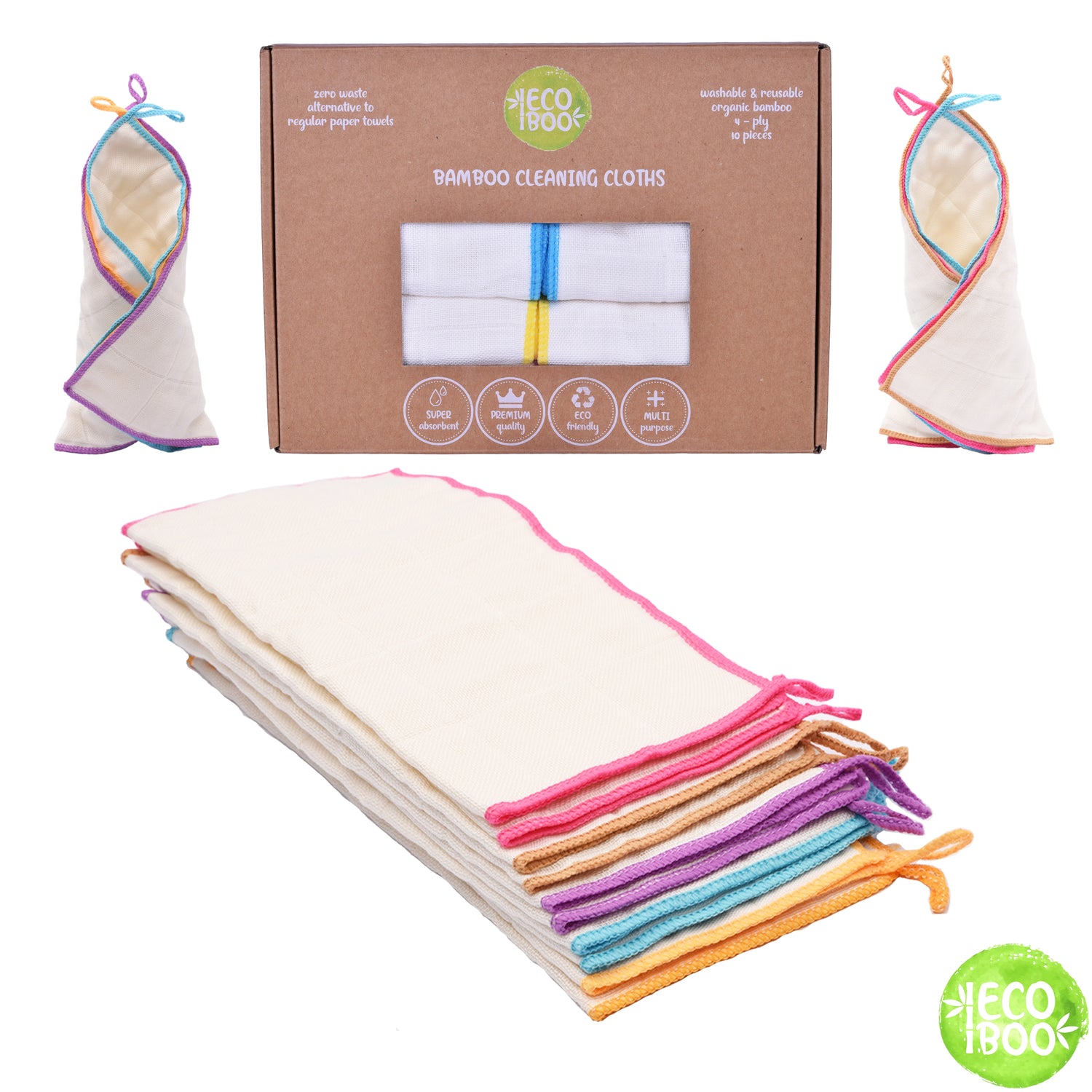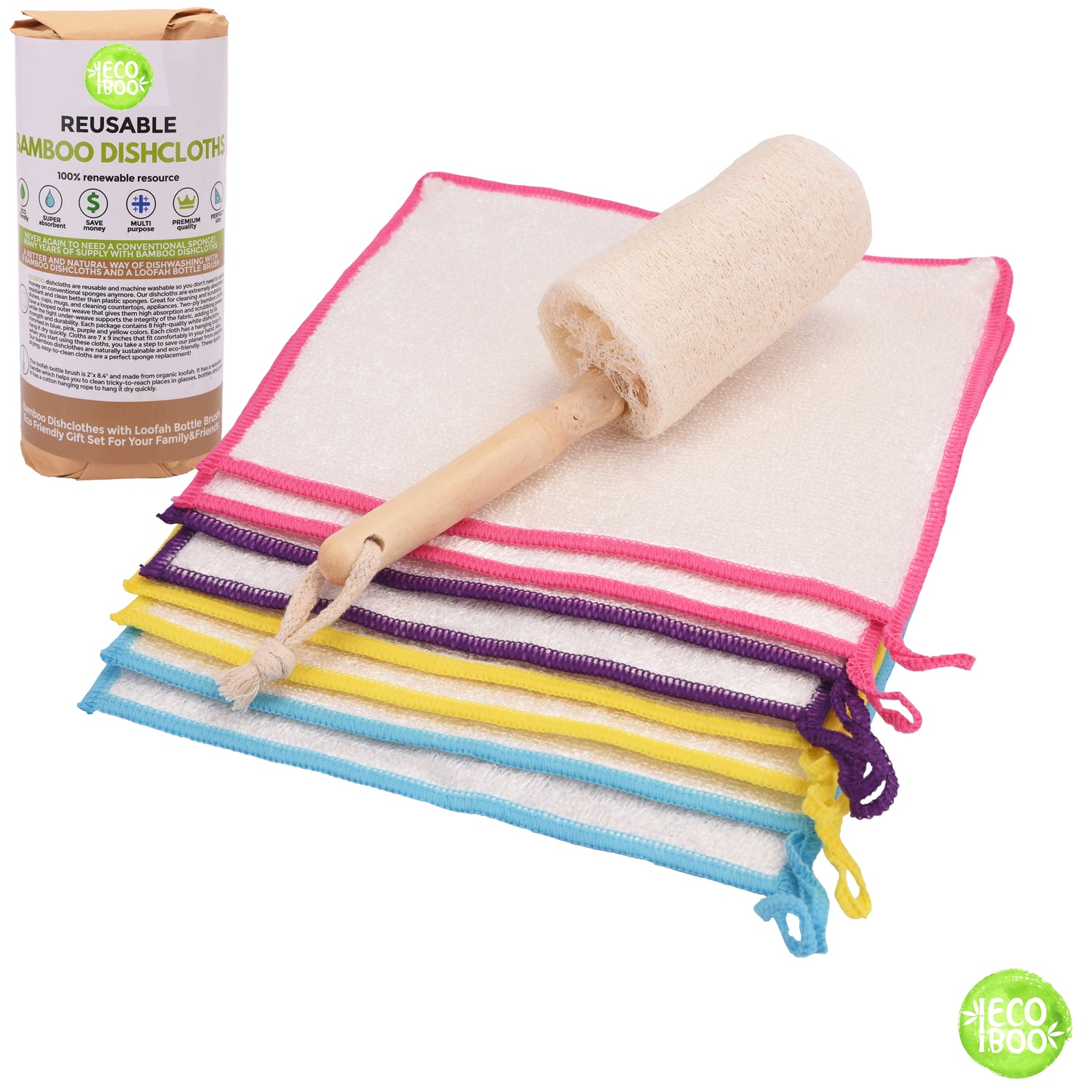I. Introduction
In today's rapidly evolving consumer landscape, one trend stands out distinctly: the shift toward eco-friendly cleaning products.
More than ever, households are taking a keen interest in the environmental impact of their purchases, driving businesses to pivot toward sustainability.
At the heart of this green wave, terms like 'biodegradable' and 'compostable' have emerged as buzzwords.
But what do they really mean, and why are they so relevant in our current marketplace?
Let's dive in.
II. The Basics of Biodegradability

Definition of biodegradable products
Biodegradable products are those that can naturally break down, or decompose, back into the earth.
This decomposition happens with the help of microorganisms like bacteria, fungi, and algae, which consume and transform the product into natural substances like water, carbon dioxide, and biomass.
Timeframe and conditions under which they break down
The decomposition time for biodegradable products varies, ranging from a few days to several years.
It depends on the product's composition and the environmental conditions it's exposed to.
For instance, paper might degrade in a few weeks, while certain plastics could take years.
Moreover, biodegradable products often require specific conditions—such as the right temperature and the presence of specific microorganisms—to decompose effectively.
Benefits of using biodegradable cleaning products
Opting for biodegradable cleaning products offers numerous advantages.
Firstly, they reduce the amount of waste ending up in landfills and oceans, which in turn reduces environmental pollution.
They also help in conserving energy as less energy is typically required to produce them compared to conventional products.
Finally, because these products break down into natural substances, they don't release toxic materials into the environment, ensuring a safer ecosystem for all.
III. Delving into Compostability

Explaining compostable products
Compostable products are a subset of biodegradable items.
What sets them apart is their ability to turn into nutrient-rich compost at the end of their life cycle. In other words, when compostable products break down, they not only return to the earth but also enrich it, providing valuable nutrients to plants.
Conditions required for a product to fully compost
For a product to be composted efficiently, it often requires specific conditions like a certain level of moisture, heat, and the presence of certain microorganisms.
These conditions can be found in industrial composting facilities.
Some items, however, can also be composted in backyard compost bins, but it's essential to know which products are suitable for each type of composting.
The environmental advantages of compostable cleaning items
Compostable cleaning products offer a two-fold environmental advantage.
First, similar to biodegradable products, they reduce waste by breaking down effectively.
But even more impressively, they contribute to the creation of nutrient-rich compost, which can be used to enhance soil health, support plant growth, and reduce the need for chemical fertilizers.
This positive feedback loop makes compostable products an outstanding choice for eco-conscious consumers.
IV. Key Differences Between Biodegradable and Compostable

-
Time required for decomposition:
- Biodegradable products can vary significantly in their decomposition timeframe, from days to decades. The duration depends on the product's makeup and the conditions in which it is placed.
- Compostable items, when subjected to the right composting conditions, usually break down within a set time, typically 90 to 180 days. This period ensures the end result is a nutrient-rich compost.
-
The end products of decomposition:
- Biodegradable items generally break down into water, carbon dioxide, and biomass. However, not all biodegradable items disintegrate into elements beneficial to the soil.
- Compostable products, on the other hand, are designed to degrade into nutrient-rich compost, ensuring they provide beneficial organic matter, water, and carbon dioxide.
-
Impact on the environment if not disposed of correctly:
- Improper disposal of biodegradable items can still lead to environmental problems, especially if they end up in landfills, where they might not degrade efficiently and can produce methane, a potent greenhouse gas.
- Compostable products need specific composting conditions. If wrongly discarded, especially in landfills, they might not decompose as intended. Moreover, if they break down in anaerobic conditions (like in landfills), they too can produce methane.
V. Why This Matters for Cleaning Products
- The environmental footprint of traditional cleaning tools: Traditional cleaning products, especially those single-use, contribute significantly to landfill waste. Many contain chemicals that can harm ecosystems once they leach into water sources.
- How sustainable cleaning products can reduce waste and promote a circular economy: Opting for sustainable cleaning items, especially those that are biodegradable or compostable, ensures a reduced environmental footprint. These products, rather than becoming waste, can return to the ecosystem, promoting a circular economy where waste is minimized, and resources are continuously recycled.
VI. Ecoboo’s Commitment to Sustainability

- Introduction to Ecoboo’s range: Ecoboo proudly offers a range of sustainable cleaning tools, from our renowned bamboo paper towels to versatile dishcloths and beyond. Each product is crafted keeping the environment at the forefront.
- Highlighting which products are biodegradable and/or compostable: Our bamboo paper towels, unpaper towels, and loofah sponges, for instance, are biodegradable. The rapid regrowth rate of bamboo makes it a prime resource, and its ability to decompose ensures minimal waste. Meanwhile, some of our offerings also hold the badge of being compostable, aligning with our commitment to leave the earth better than we found it.
- Discussing the company’s mission to promote eco-friendly cleaning solutions: At Ecoboo, our mission transcends beyond mere product sales. We're here to champion the cause of eco-friendly cleaning, creating solutions that don’t compromise performance while ensuring the earth's well-being. With every cloth, sponge, or towel, we envision a cleaner home and a greener planet.
VII. How Consumers Can Make Informed Choices
-
Tips for identifying genuinely sustainable products:
- Research brands: Before buying, take a moment to research the brand. Do they have a track record of eco-friendly practices, or is it just greenwashing?
- Read ingredients and materials: For cleaning products, check the ingredient list to ensure they don’t contain harmful chemicals. For tools like sponges or towels, research the materials they're made of.
-
Checking labels and certifications:
- Look for third-party certifications: Genuine eco-friendly products often sport certifications like USDA Biobased, Green Seal, or similar which indicate their sustainable nature.
- Country of origin: Sometimes, where a product is made can give clues about its sustainability due to the country's known environmental standards and practices.
-
Understanding the significance of product disposal:
- Backyard composting: Many products might be labeled compostable but may require specific conditions to break down, which are typically found in industrial composting facilities.
- Industrial composting: If a product is labeled as industrially compostable, this means it needs the high temperatures of an industrial compost facility to break down fully.
VIII. Making the Switch to Green Cleaning
-
Steps to transition from traditional to sustainable cleaning tools:
- Evaluate your current supplies: Before rushing to buy new products, evaluate what you already have. Use up your current products or donate if possible.
- Prioritize replacements: As items wear out, prioritize their replacement with sustainable alternatives. For example, once your paper towels run out, consider switching to bamboo paper towels.
- Educate yourself: Stay informed about green cleaning techniques and products. Knowledge will empower you to make better choices consistently.
-
The long-term benefits for both the planet and individual households:
- Environmental Impact: By choosing sustainable cleaning tools, you’re directly reducing waste and carbon footprint.
- Cost Efficiency: Many green cleaning tools, being reusable, can save households money in the long run.
IX. Conclusion
- Reiterating the importance of understanding product labels and making sustainable choices: As consumers, our buying power has a significant impact. By understanding product labels and actively choosing sustainable items, we can make a profound difference to our planet's health.
- A call-to-action for readers: Your home's cleanliness and the planet's well-being don't have to be at odds. Explore Ecoboo’s range of sustainable cleaning solutions today and make every cleaning session a step towards a greener future.
